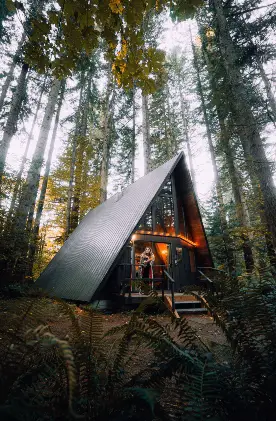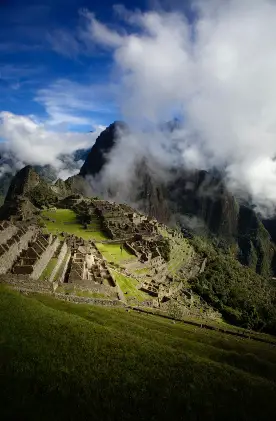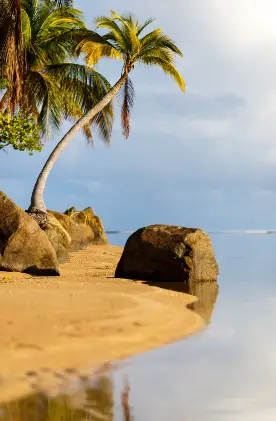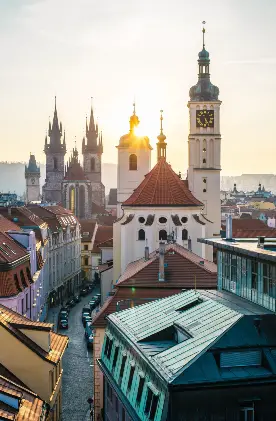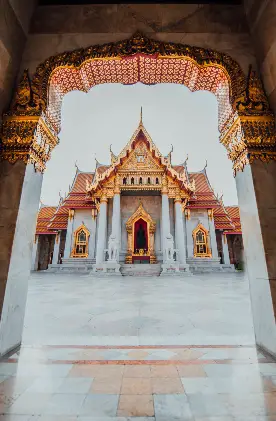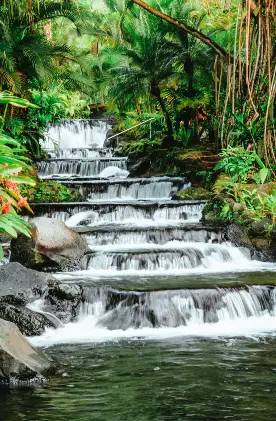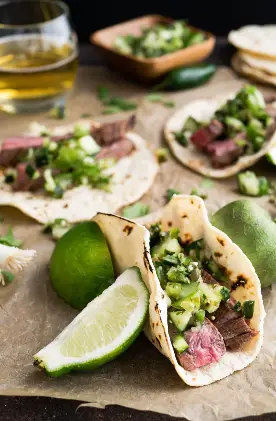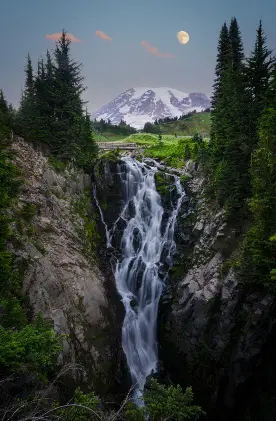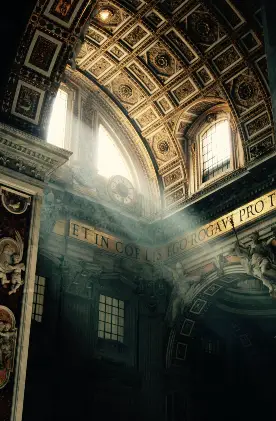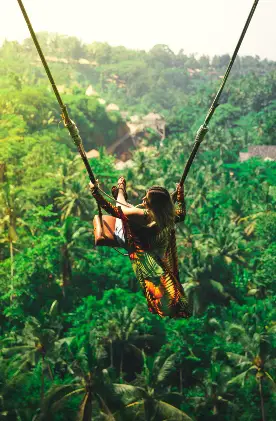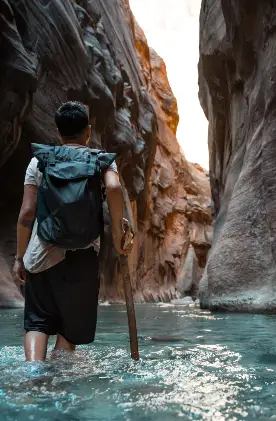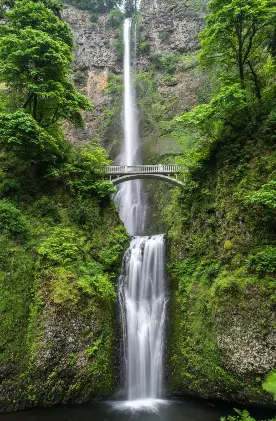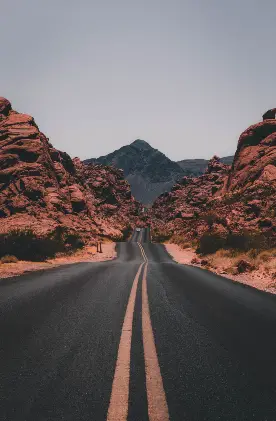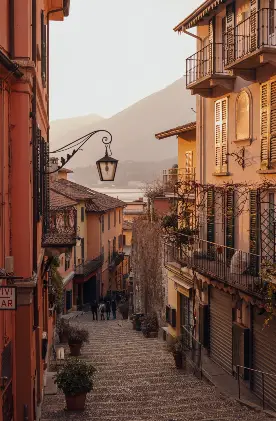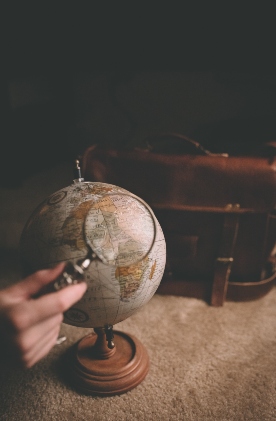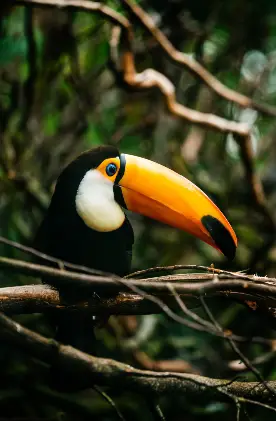Welcome to our Iceland travel guide: a special Q&A with Dipanjan Pal. In this wide-ranging interview, Dipanjan tells us all about his travels to Iceland. Below he reveals his top destinations, best experiences and provides a few tips that are essential for any travel guide to Iceland.
Where did you grow up and what inspired your love of travel and photography?
I was born in Howrah – a town adjacent to the city of Kolkata in eastern India. I had my education in Kolkata and after my graduation, I left for a solo trip to the Himalayas for a week. It was a bold decision to travel almost 2000+ km away all alone – but that trip changed my life.
I went for a 5 day trek to a place called Hampta Pass with a small group of strangers who turned out to be great friends. We climbed mountains, crossed waterfalls and rivers barefoot, and learned to pitch tents.
I stayed up at night and looked at the sky full of stars above the mountains, wondering whether it would ever be possible for me to capture moments like this and make someone else feel what it is like to be in the middle of nowhere with mountains, rivers, and stars all around you.
At that stage, I didn’t know how to shoot the night sky. So I ensured that it would be the first thing I learned when I came back home. Since then, I have had a number of adventures and the journey has been nothing less than joyful.
When I finished my Master’s degree in Kolkata, I shifted to Mumbai for my job. Photography is not my primary profession, it has been a side-hustle since the very beginning, but the days spent in remote landscapes behind my camera are the days I live for.
What inspired you to do a trip through Iceland? What were your first impressions of this country?
When I was a child, I attended a lecture by a famous astronomer in a prize distribution ceremony. He showed us pictures of the northern lights from his recent trip to Norway and mentioned that pictures could never do justice to such an astonishing natural phenomenon.
It was on the back of my mind from that day. I began to realize that my dreams could be true sooner than I had imagined after I joined my job, and started saving up for my Iceland trip.
My first impression when I started researching was that it was expensive. Yes, Iceland can be shockingly expensive at times. For example, a burger and fries could cost you $20-25 at least. We had to plan accordingly to manage our finances. In the end, when you get to see those waterfalls and canyons and landscapes, you’ll feel like it was all worth it.
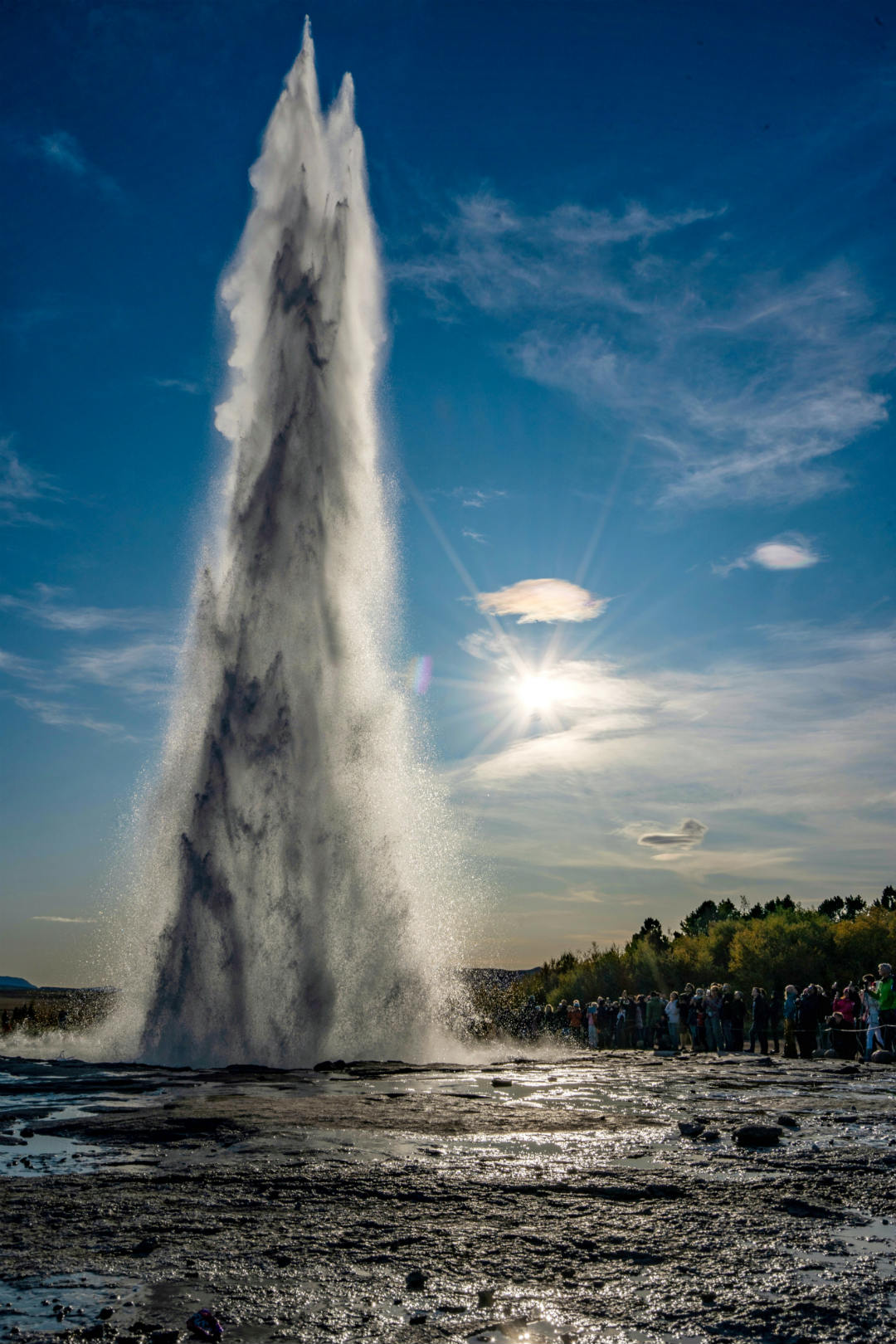
Could you give us a detailed overview of your trip to Iceland?
I spent an enormous amount of time researching and handcrafting my itinerary day-by-day to fit my purpose of photographing this beautiful country, and I’m glad it worked out exactly how I imagined it to be. I visited Iceland with my friend, who is also my colleague and flatmate.
We booked a rental car and did a road trip around the ring road counter clockwise. We were there for 17 days, drove a total of 2700 kms and stayed at seven different cities – Reykjavík, Vík, Höfn, Egilsstaðir, Akureyri, Stykkishólmur, Ólafsvík.
We visited the touristy places, the lesser known ones, and sometimes we just stopped our car in between two destinations to soak in the beauty of roadside views, or to say hello to the amazing Icelandic horses.
I didn’t go for any pre-booked packaged tours as I wanted to explore with my own pace. In terms of experiences, I did two things which turned out to be absolutely unforgettable memories:
1) Ice Caves – A 3 hour day tour that we booked through an agency named Local Guide. We drove on the glacier for half an hour before reaching an opening in the middle of ice fields, going 20 metres inside to a cave named Blue Diamond.
The inner walls of the caves were a glowing shade of blue, with some sunlight creeping in through the cracks in ice, making the blue look different from every angle. It was sensational, other worldly, and I run out of adjectives every time I start describing this place.
2) Flight over Iceland – This was purely for my love of aerial photography. I decided to fly over Iceland in a small aircraft with one of the finest pilot I’ve ever known. He goes by the name @volcanopilot on Instagram. We flew over lakes, mountains, beaches, river deltas – it was a crazy experience.
And the best part is that you can open the windows whenever you feel like, you just have to say “aye aye captain!” and do it. The wind almost blew my specs away the first time I did it.
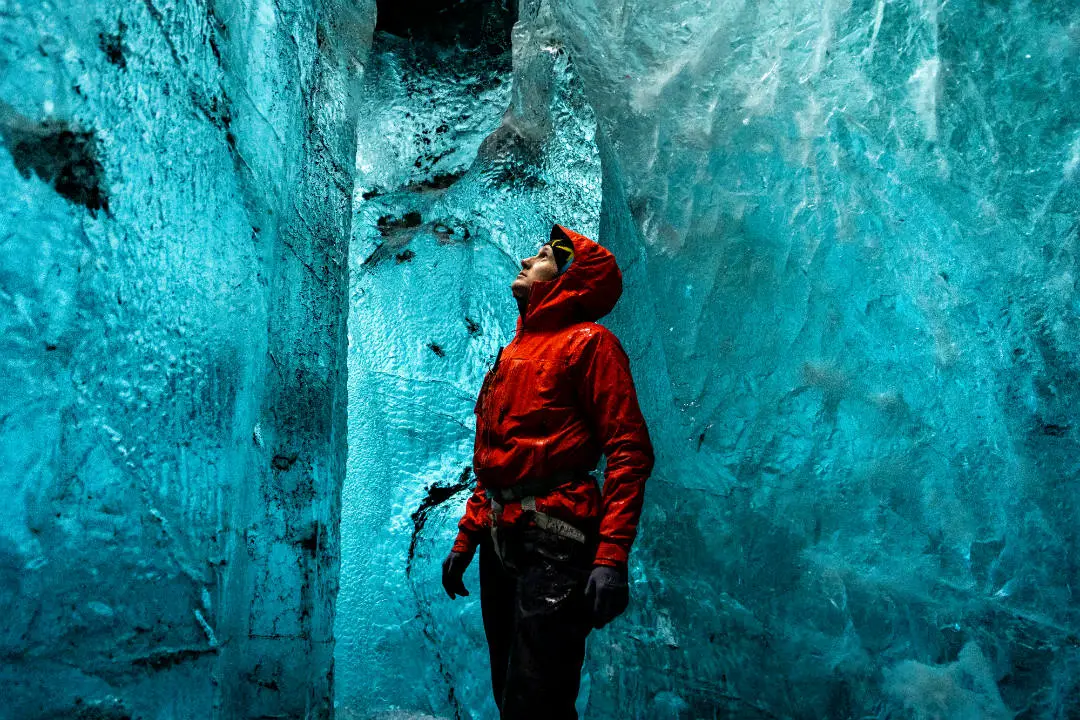
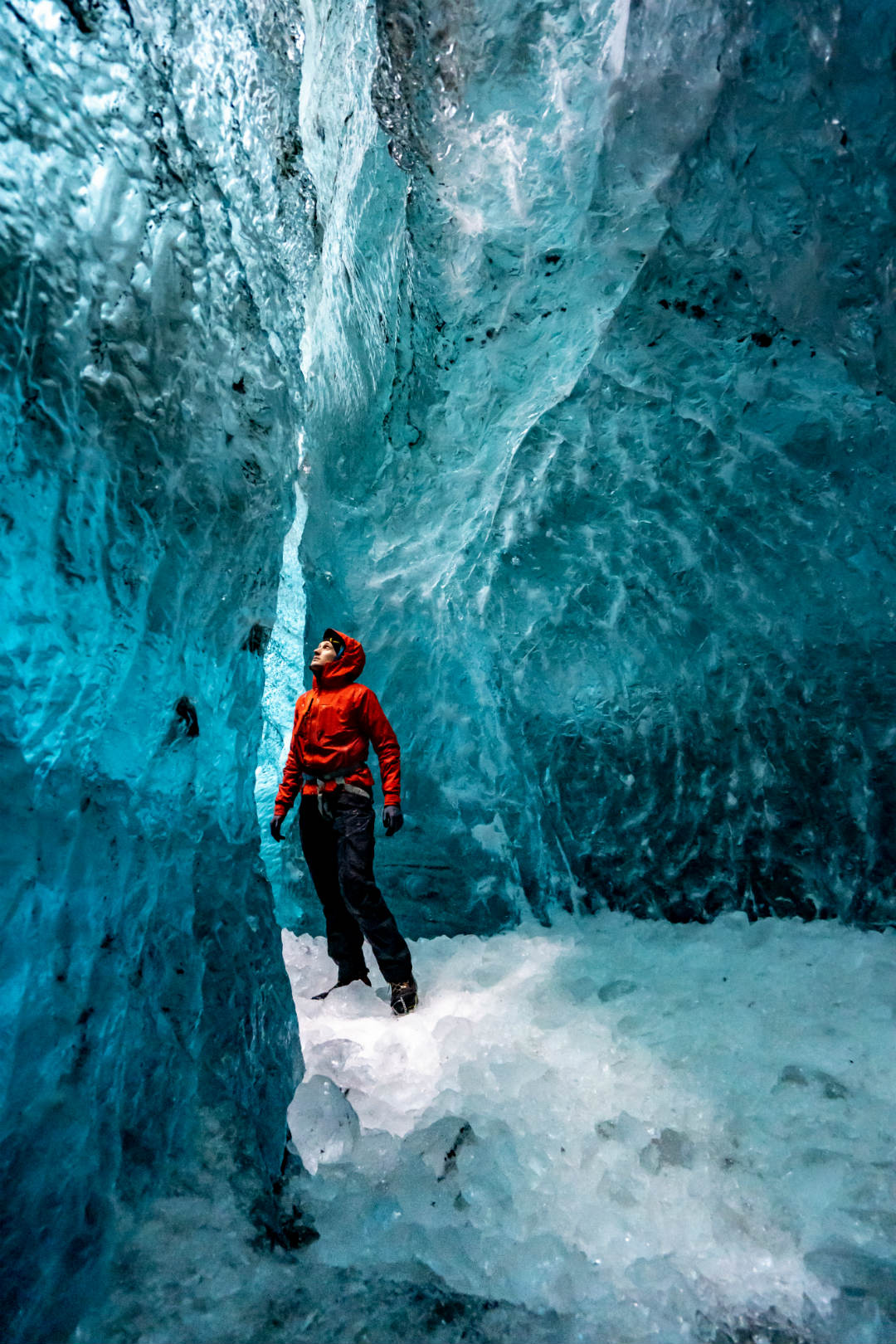
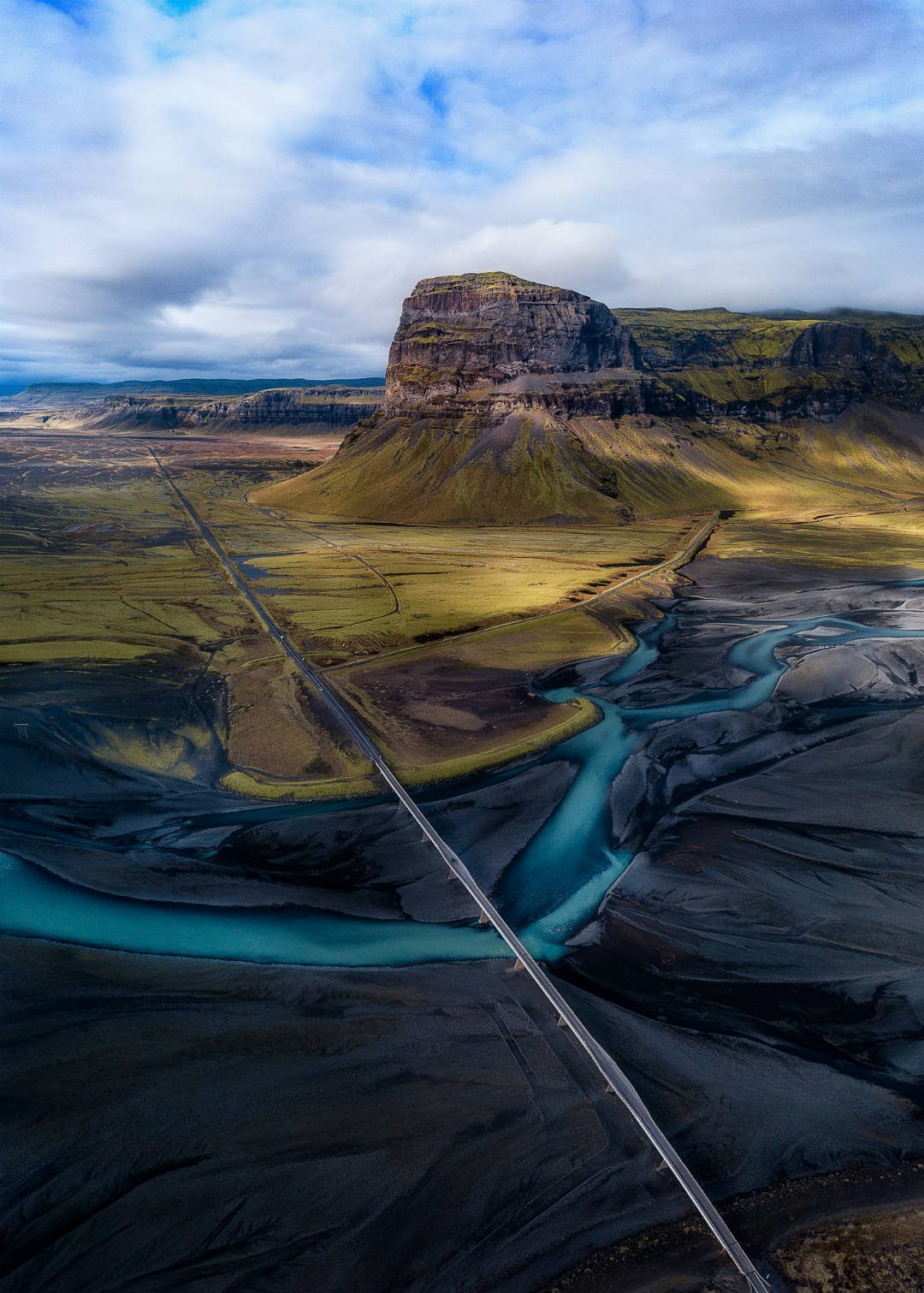
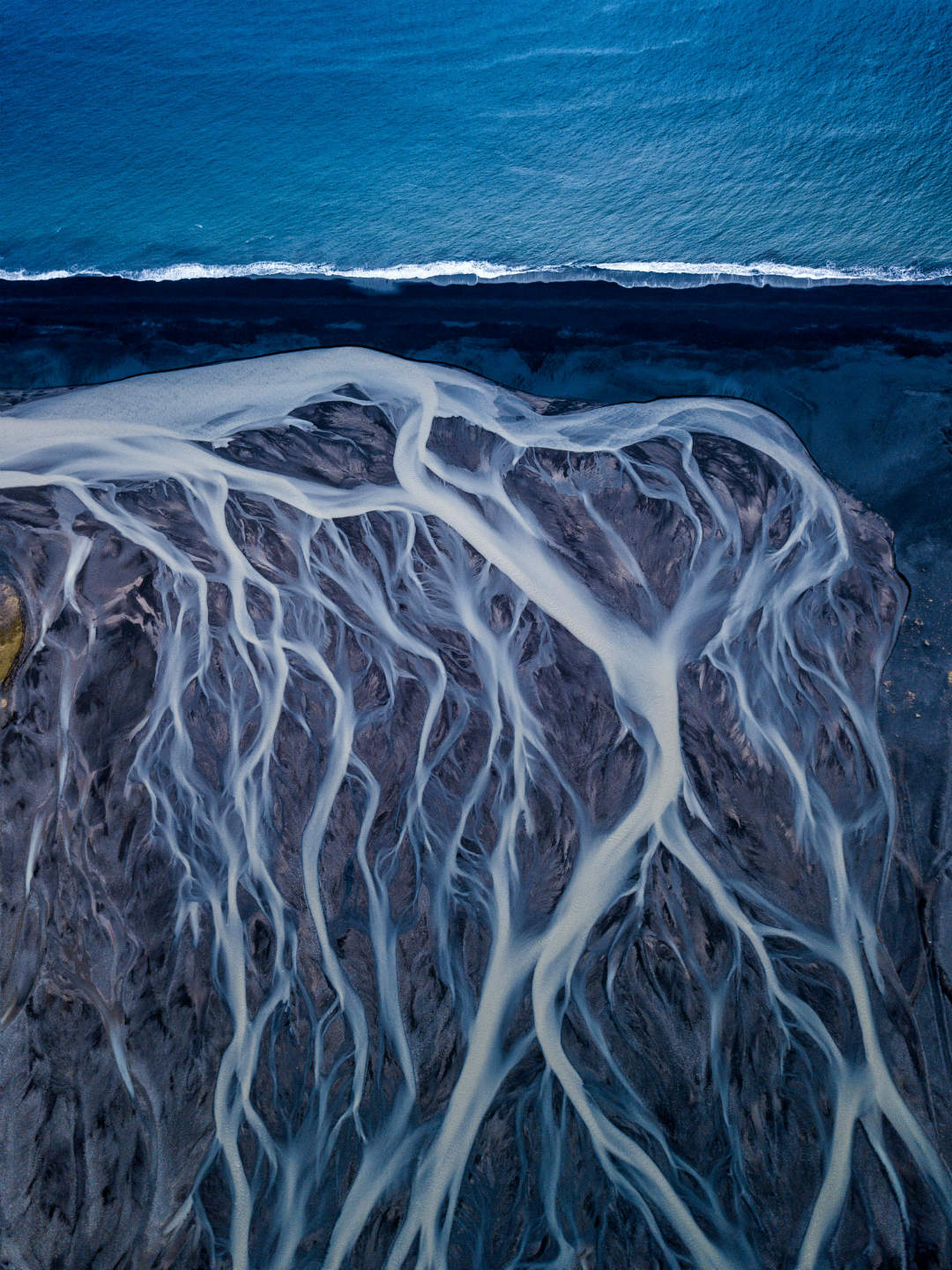
What was your favourite place and why was it so special to you?
It’s very difficult to choose one favourite out of the numerous ones, but if I have to pick, I’ll go for a waterfall named Gljúfrabúi. It is very close to another hugely popular waterfall in Southern Iceland and is often overlooked. But if you’re ever there, I recommend this place as a must visit.
The waterfall is inside a cave and I had to balance myself on wet rocks with heavy gears on my back to avoid falling into the stream flowing from the waterfall. Once I made it inside the cave, there were hardly any people. Yes, I got myself and my camera soaked, but the feeling of being in a cave and looking up at an enormous waterfall – has to be one of my favourite.
What are 3 cultural experiences you would recommend that should be highlighted in every travel guide to Iceland?
First, the hotdogs. Can’t praise enough about how amazing Icelandic hotdogs are! If you’re in Reykjavik, make sure to take a stop at Bæjarins Beztu Pylsur – arguably the best hotdog joint in the world. The crunchy onion and the special pylsur sauce is what makes it special for me. Pair it with a glass of Viking beer and you got your meal sorted.
Secondly, stay at a smaller town. Whenever we’re traveling, we usually have a habit of choosing a country’s biggest cities, but I recommend staying at a smaller, lesser known town to get an essence of its culture. Take an evening stroll around the lanes, talk to locals, visit small cafes run my local families and see how life unfolds every day at a foreign country or a city.
Most of Iceland’s towns are coastal towns, which means you get to walk by the Atlantic too. In our trip, we stayed at a small fishing town called Stykkisholmur which was full of pastel-coloured houses and cosy, beautiful cafes. I can’t recommend it enough.
Thirdly, the graffiti scenes in Iceland. If you stroll around Reykjavik, chances are that you would notice a significant number of street arts and graffiti on the walls at every corner. While we started exploring the country, we found out that street art is prevalent at almost every city. But there is a town called Hellissandur in western region which deserves a special mention.
Helissandur is popularly called the street art capital of Iceland and for all the right reasons. We were driving by when we spotted a massive graffiti that caught our attention, and we eventually found this little gold mine hiding in plain sight.
The street arts of Helissandur are gigantic in size, vibrant in colours and they’re spread all over this little town. Since it’s nestled around the heart of Snæfellsnes Peninsula, I think this could be a valuable addition to someone’s itinerary.
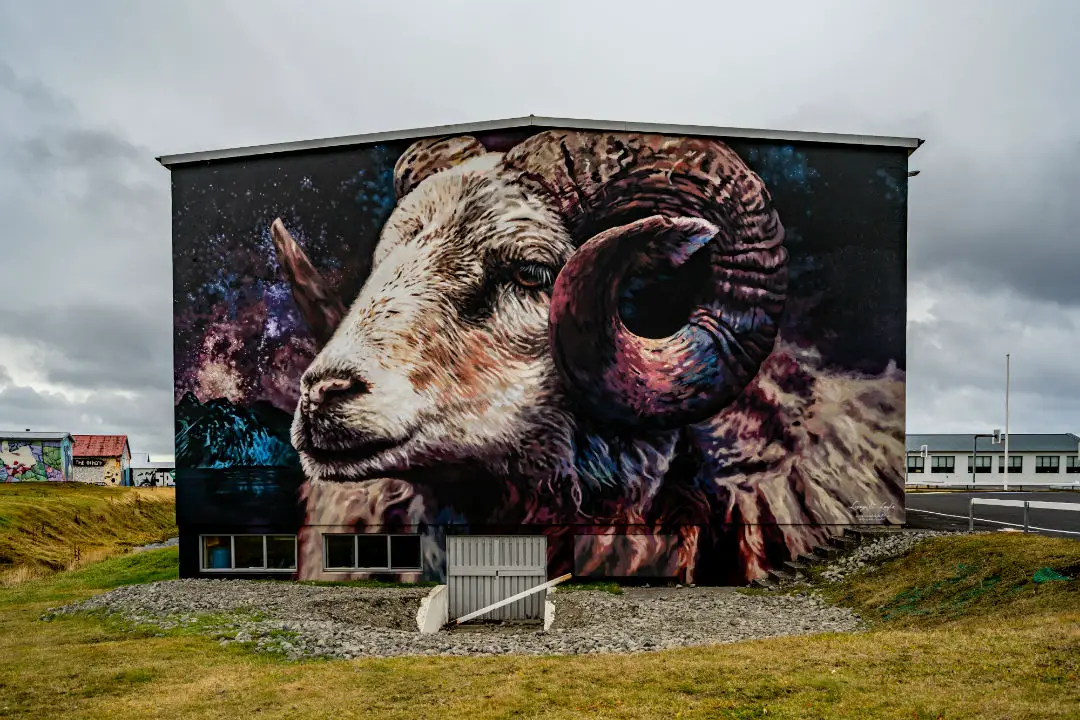
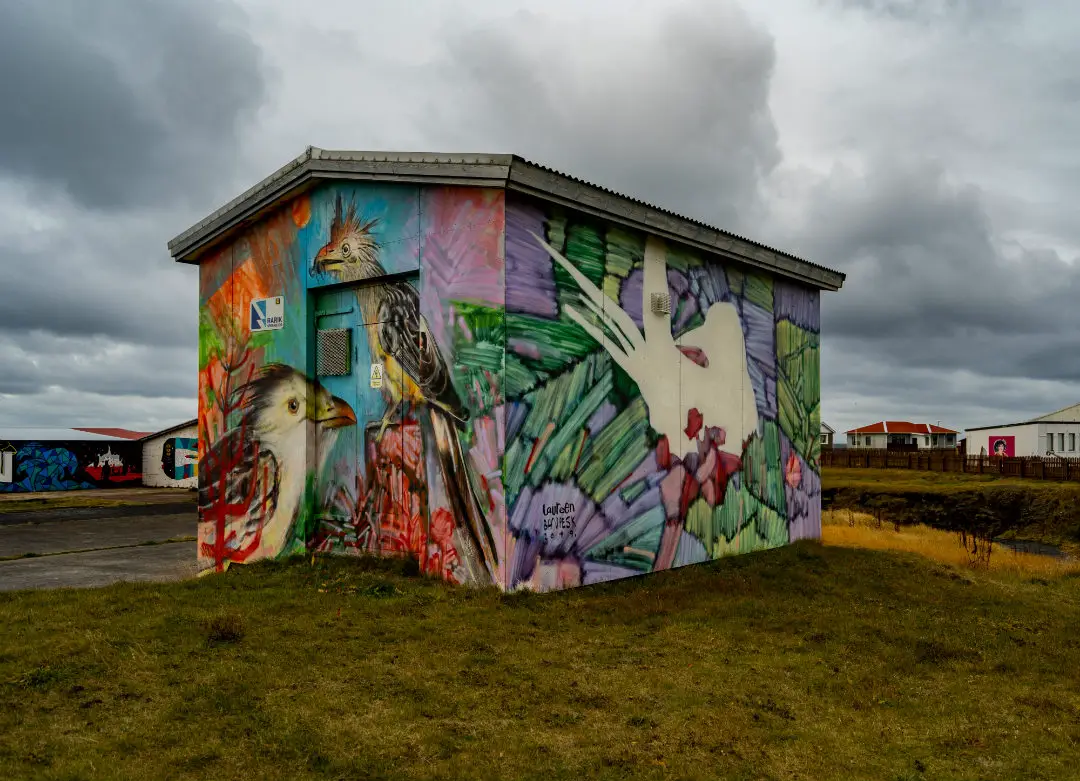
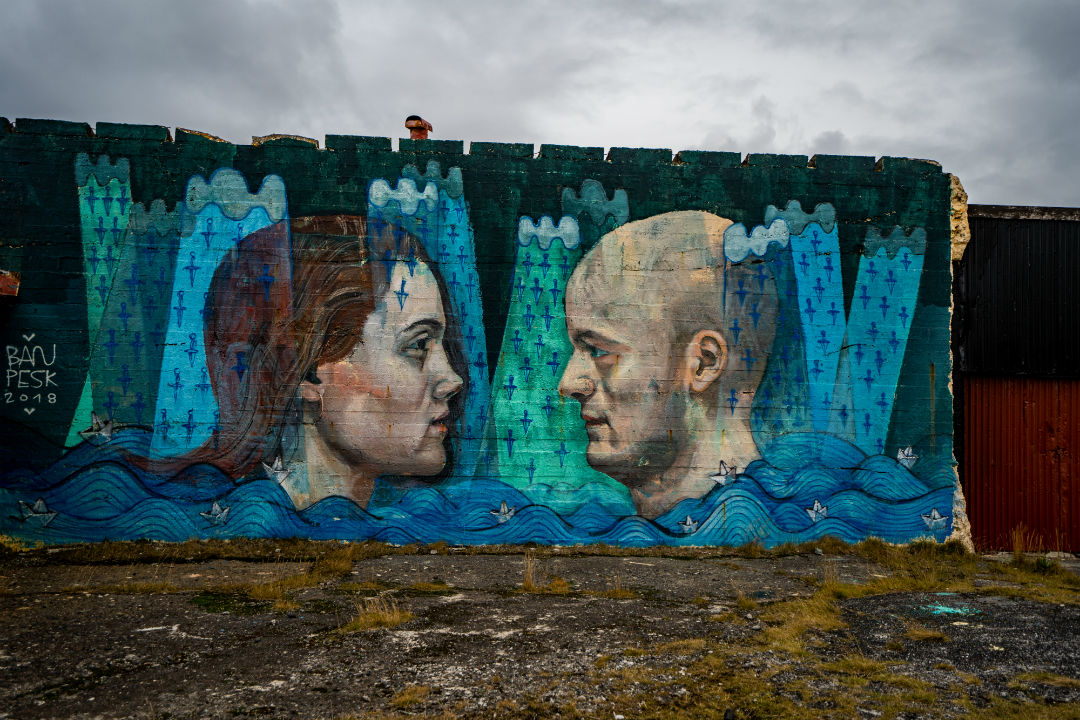
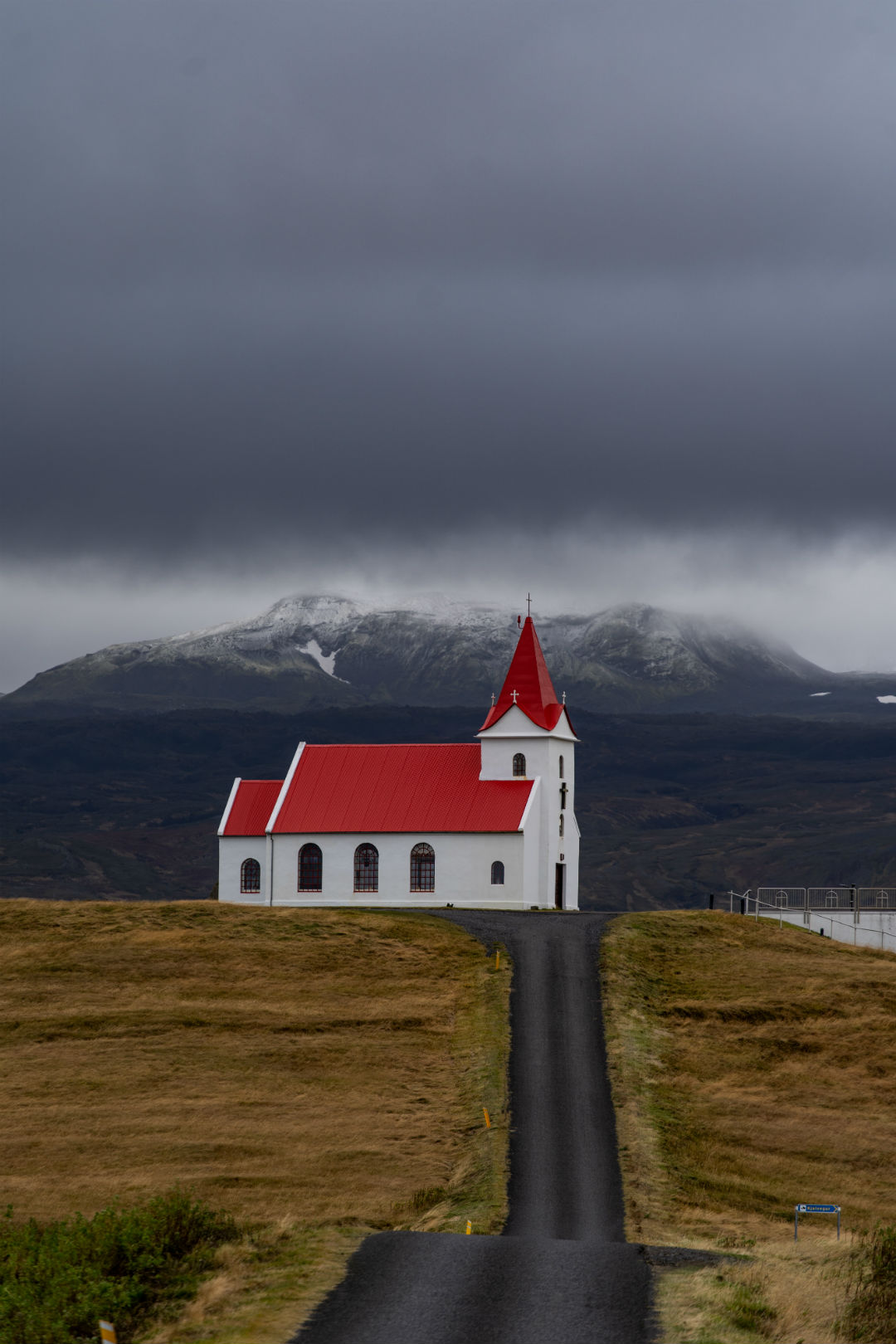
Do you have a favourite memory from your trip to Iceland that you could share with us?
Yes, Iceland was all about making memories, but I could never forget the day I watched my northern lights for the first time. It was our second night at Iceland, and we were fortunate enough to have a forecast of KP-6 aurora with no cloud coverage.
For the uninitiated, KP-6 aurora is incredibly rare and happens only a handful of time in every season. There was a buzz around the town that tonight’s going to be a night to remember.
Since you have to be away from the light pollution of the city to watch the northern lights, we decided to go to a nearby lake suggested by a local. When we reached there, it was dark, cold and windy. We were the only ones waiting beside the lake with our tripods ready. Nothing happened for the first fifteen minutes and the wind was getting colder.
We decided to head back to the parking lot and waited inside our car that night. About 10 minutes later, I spotted a faint green light on the sky and jumped with excitement. I took all my camera gears and headed to the lake with my friend, but by the time we reached there, the sky was exploding with auroras all over the place.
It was a full 360 degree show and I couldn’t decide where to point my cameras at first. After I set it up on time-lapse mode, I laid down on the ground, looking straight up in the sky in complete awe and watching the magical green lights dancing for the next couple of hours.
It was by far the most incredible night of my life. I recalled what I once heard at a very young age in my life – pictures could never do justice to this surreal experience.
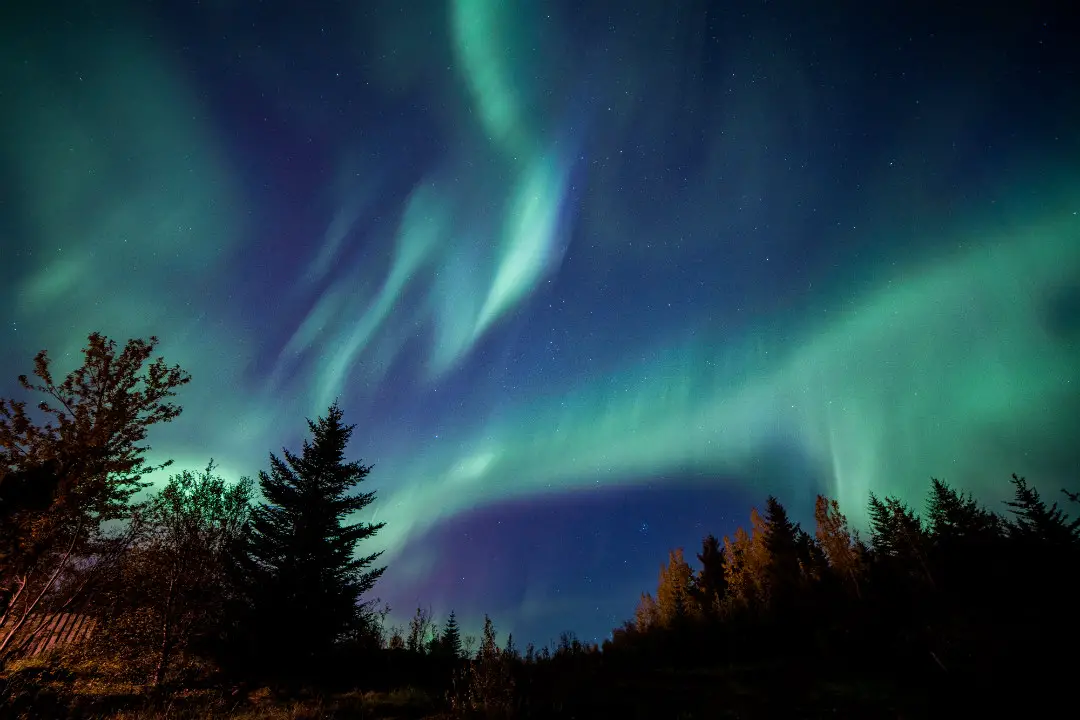
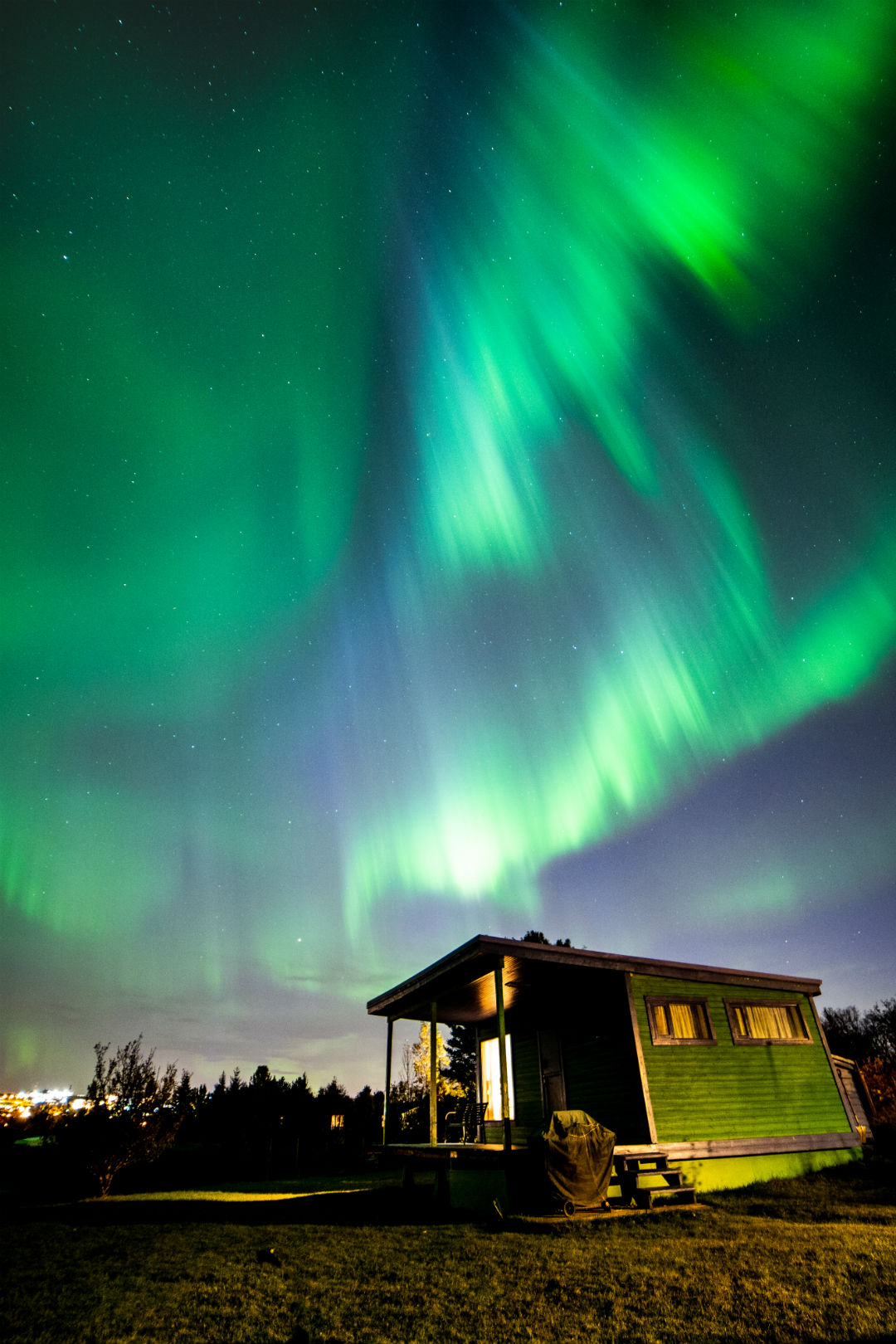
How would you describe the people and culture of Iceland?
While I didn’t have the chance to meet a lot of local people, I didn’t have a single unpleasant experience in Iceland. The Icelandic people were always so helpful in every aspect.
Once we got our car got stuck while driving uphill. There was a local passing by who stopped his car to help us, even driving our car for a couple of kilometres to make sure we weren’t in any trouble. Apart from that, all the local people I’ve met at bars, restaurants, and hotels were polite, amicable, and very helpful to all the tourists.
What landscapes, mountains, national parks, glaciers and volcanoes would you include in your Iceland travel guide?
This is going be a somewhat long list for an Iceland travel guide but bear with me because every corner of this country is majestic. One of my favourite places to photograph was the black sand beach of Stokksness and Vestrahorn Mountain. While we were there, we had very harsh weather but from what I’ve seen, sunrise at Vestrahorn can be glorious.
Iceland is a country with 10000+ waterfalls. While we only saw a handful of them, I think one of my favourite waterfalls would be Kvernufoss, keeping Gljúfrabúi aside. It was a 20 minute hike and is a five minute drive away from the popular Skogafoss.
The Kvernufoss waterfall is located inside a canyon and you have the huge walls of the canyon on either side during the hike. Bonus is that you can also go behind the waterfall without getting wet.
There’s another place I would like to mention in the Mývatn region of Northern Iceland – a crater named Hverfjall. The crater is humongous in size and you can easily spot it from the main road. Once you drive closer to it, you’ll realize how huge this crater actually is with a diameter of 1 km.
It used to be a volcano and erupted 4500 years ago. The rim of the crater is only accessible by two paths – and if you ever make it to the top, you’ll know what being on top of the world feels like.
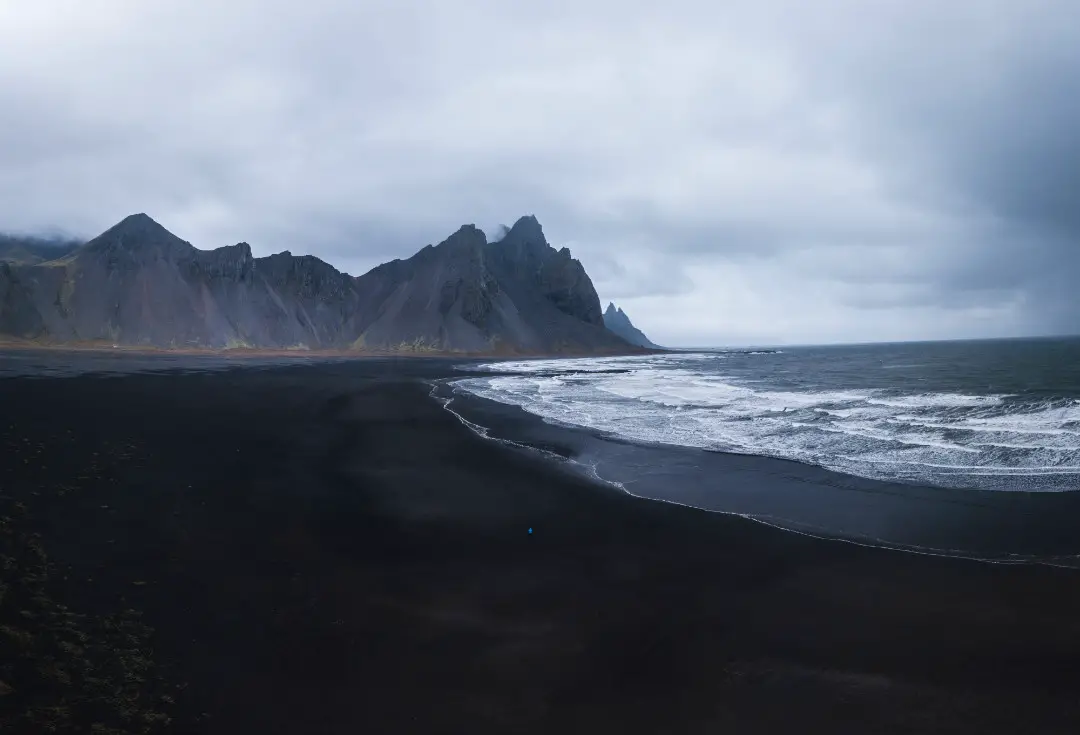
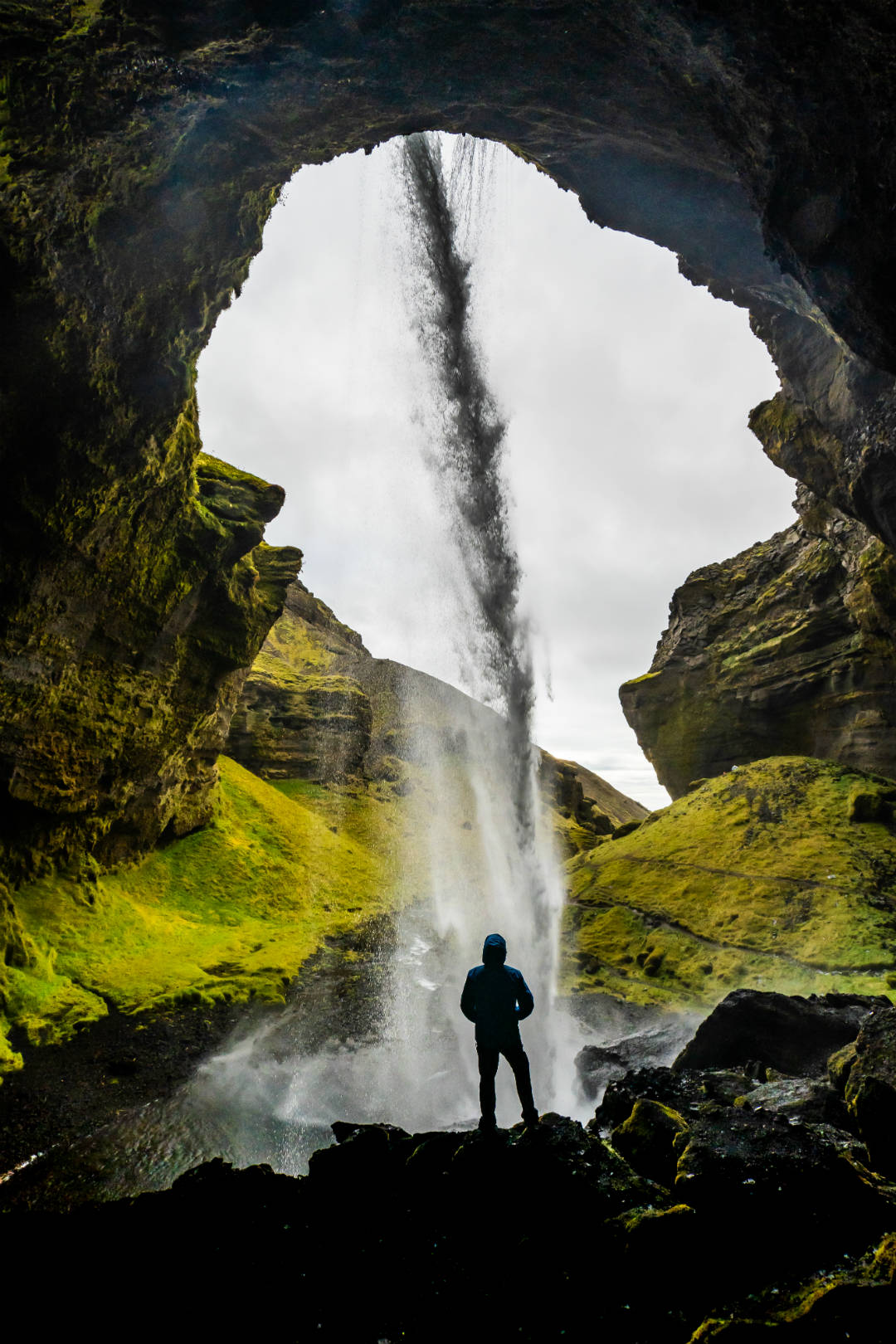
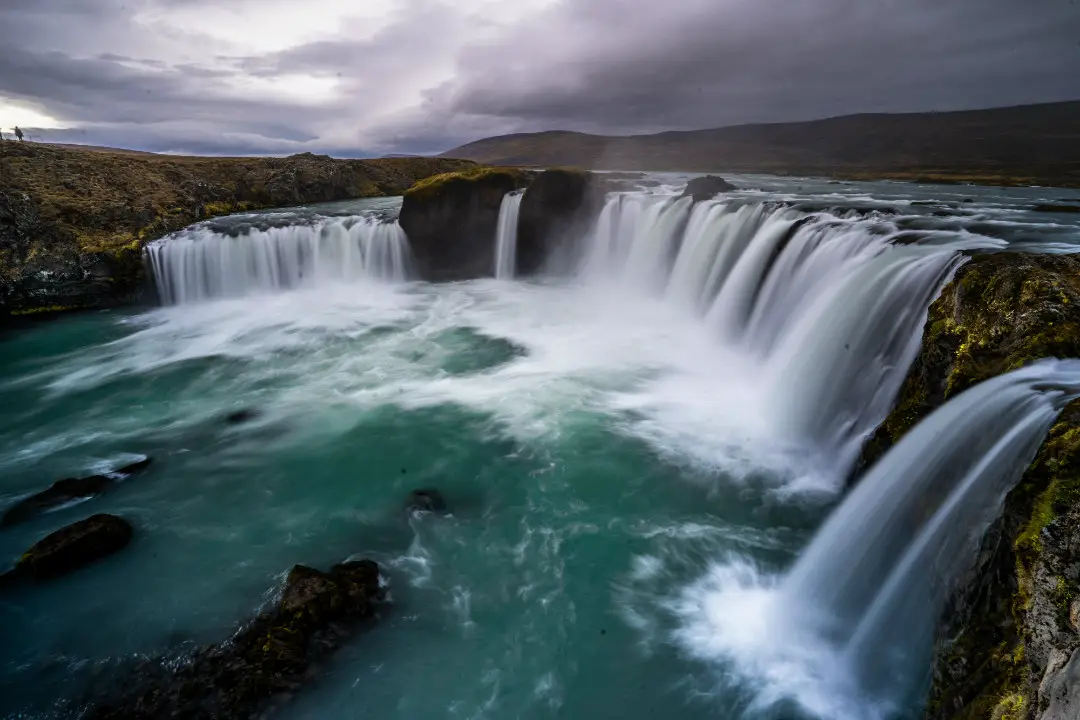
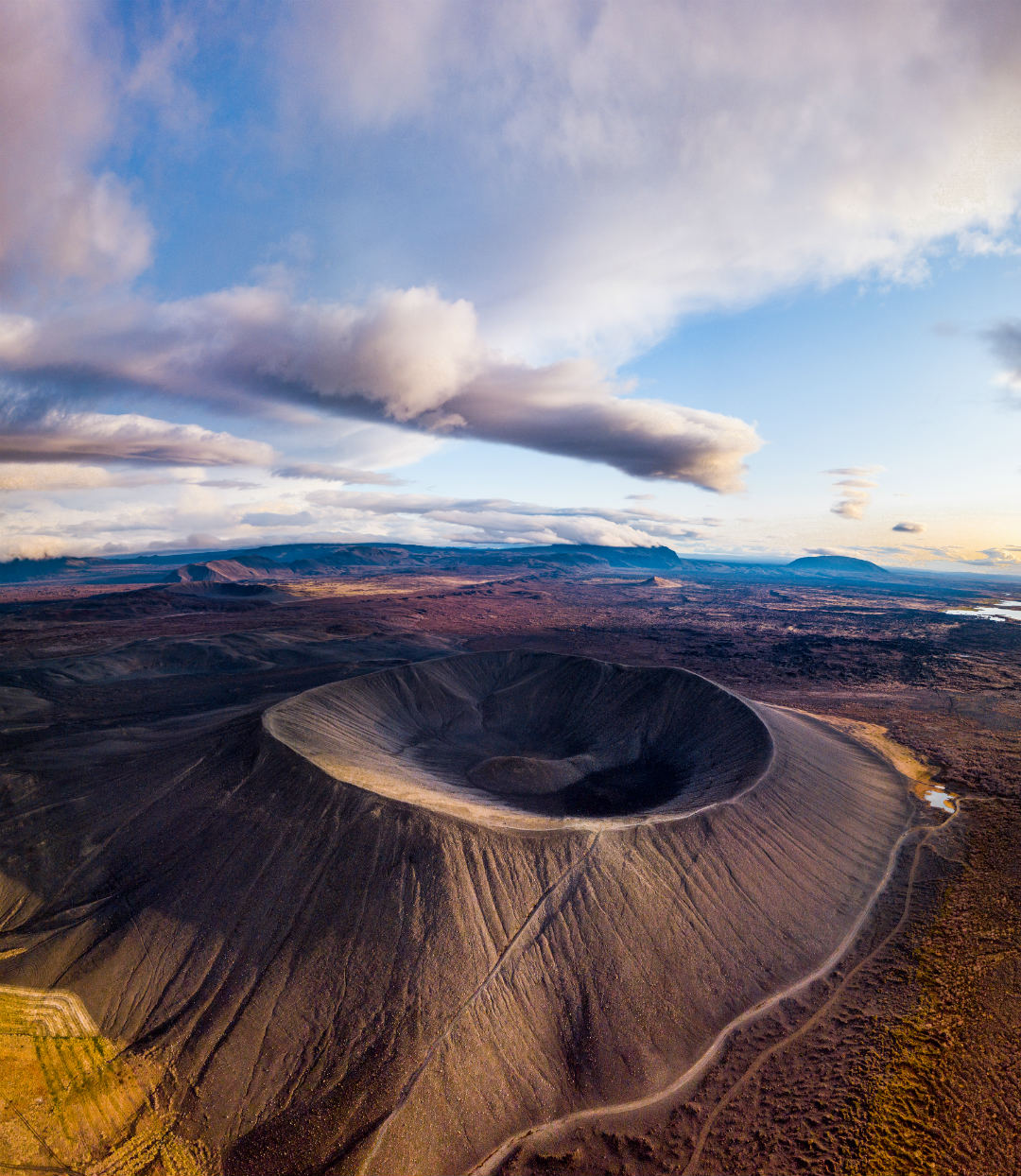
Could you provide a couple of essential travel tips for this Iceland guide?
Iceland is a country which gets tourists more than five time its own population. While tourists are boosting the economy of this otherwise small country, the number of irresponsible tourists breaking the rules are way too many. Iceland is beautiful, but it could get from beautiful to dangerous in split seconds if you’re not paying attention to the rules.
My advice would be to always stay within the defined limits. Do not cross the boundaries to get that one perfect picture. More importantly, do not litter. It’s a pristine country, leave it like you found it.
The next thing I noticed is people’s ignorance about the northern lights. Yes, they are spectacular, but they require very careful planning too. You have to keep your eyes on the aurora forecast, the cloud coverage, and accordingly drive away from the cities, preferably to a hill or by a lake where you would get a vast and clear sky to see it.
My suggestion would be to do a bit of online research and educate yourself before heading to Iceland, and you’ll be surprised at how you can be your own guide for hunting the magical green lights.
Thanks for reading our Iceland Travel Guide: Q&A with Dipanjan Pal. To learn more about Dipanjan and his incredible travels follow him on Instagram below:








